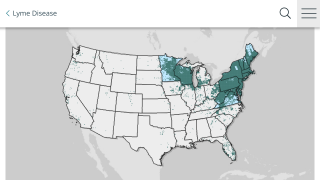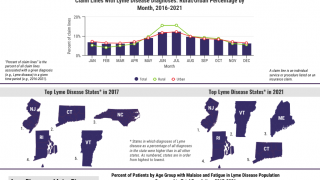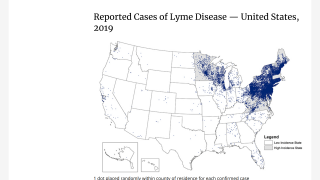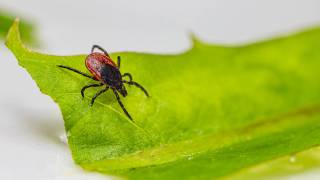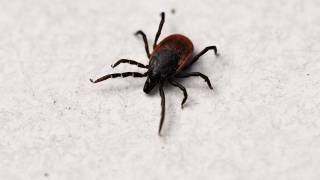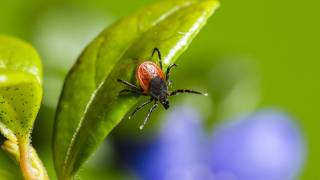Lyme Disease Vaccine Candidate Posts Positive Phase 2 Booster Results

Valneva SE and Pfizer Inc. today announced positive immunogenicity and safety data from their VLA15-221 Phase 2 study following a second booster vaccination of their Lyme disease vaccine candidate, VLA15, given one year after receiving the first booster dose.
VLA15 is an investigational multivalent protein subunit vaccine that uses an established mechanism of action for a Lyme disease vaccine. It targets the outer surface protein A of Borrelia burgdorferi, the bacteria that causes Lyme disease.
There are currently no approved human vaccines for Lyme disease, and VLA15 is the candidate that has advanced the furthest along the clinical development timeline, with two Phase 3 trials in progress.
Juan Carlos Jaramillo, M.D., Chief Medical Officer of Valneva, commented in a September 3, 2024, press release, "We are encouraged by these data, which support the potential benefit of booster doses across all examined age groups."
"As Lyme disease continues to spread, it represents a significant unmet medical need, affecting numerous individuals throughout the Northern Hemisphere."
"Each new set of positive data brings us one step closer to potentially bringing this vaccine to adults and children living in areas where Lyme disease is endemic."
Subject to positive Phase 3 data, Pfizer aims to submit a Biologics License Application to the U.S. FDA and a Marketing Authorization Application to the European Medicines Agency in 2026.
The Centers for Disease Control and Prevention (CDC) estimated that approximately 476,000 people in the U.S. are diagnosed and treated for Lyme disease yearly. This disease was first identified in Lyme, Connecticut.
On August 14, 2024, the CDC reported (Volume 30, Number 9—September 2024) that the overall incidence of Lyme disease was about seven times higher than that reported through public health surveillance.
Unfortunately, the northeastern United States is the leading area for Lyme disease-carrying ticks.
For example, the Pennslyvania Department of Health Tickborne Disease Dashboard shows that while cases of Lyme disease peak in June through August, the threat exists year-round, primarily in the northwestern section of the state.
Our Trust Standards: Medical Advisory Committee





